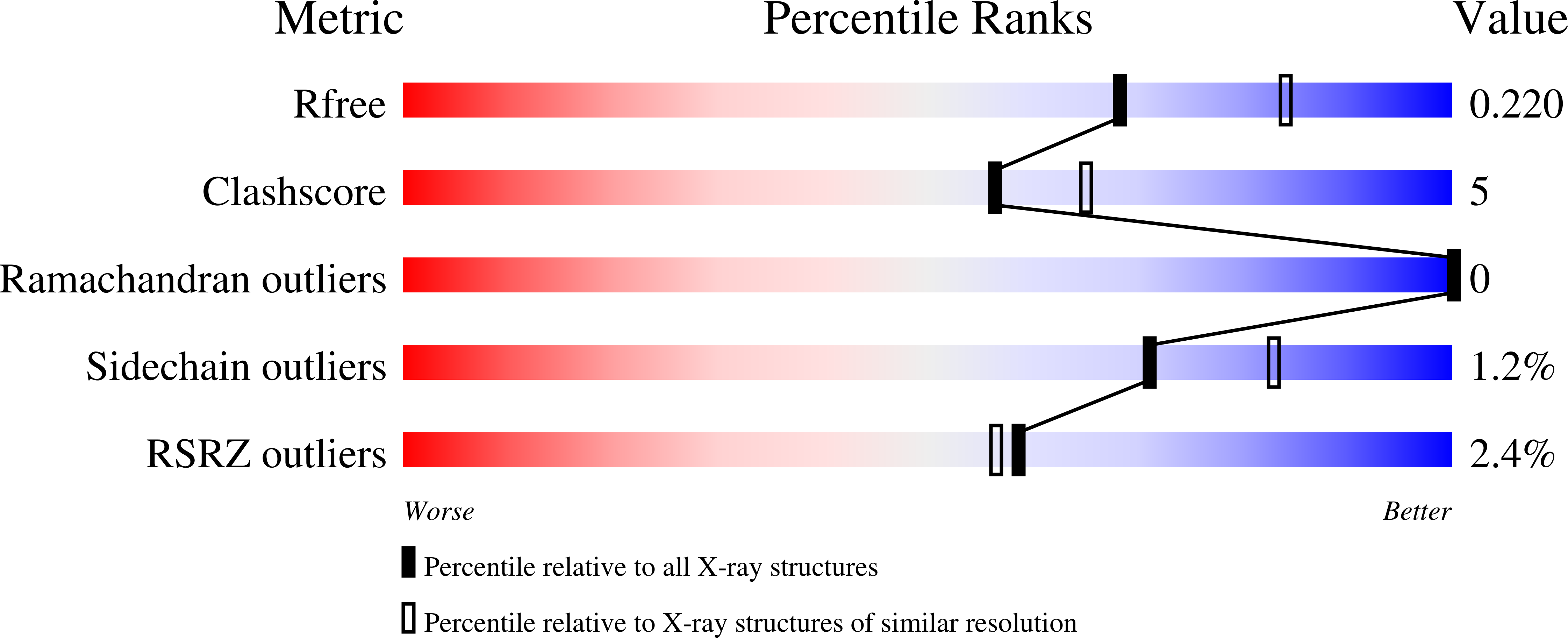
Deposition Date
2020-07-20
Release Date
2020-11-18
Last Version Date
2024-11-06
Entry Detail
PDB ID:
7JHM
Keywords:
Title:
Structure of human beta 1,3-N-acetylglucosaminyltransferase 2 with N-acetyl-lactosamine
Biological Source:
Source Organism:
Homo sapiens (Taxon ID: 9606)
Host Organism:
Method Details:
Experimental Method:
Resolution:
2.19 Å
R-Value Free:
0.21
R-Value Work:
0.18
R-Value Observed:
0.19
Space Group:
I 1 2 1


